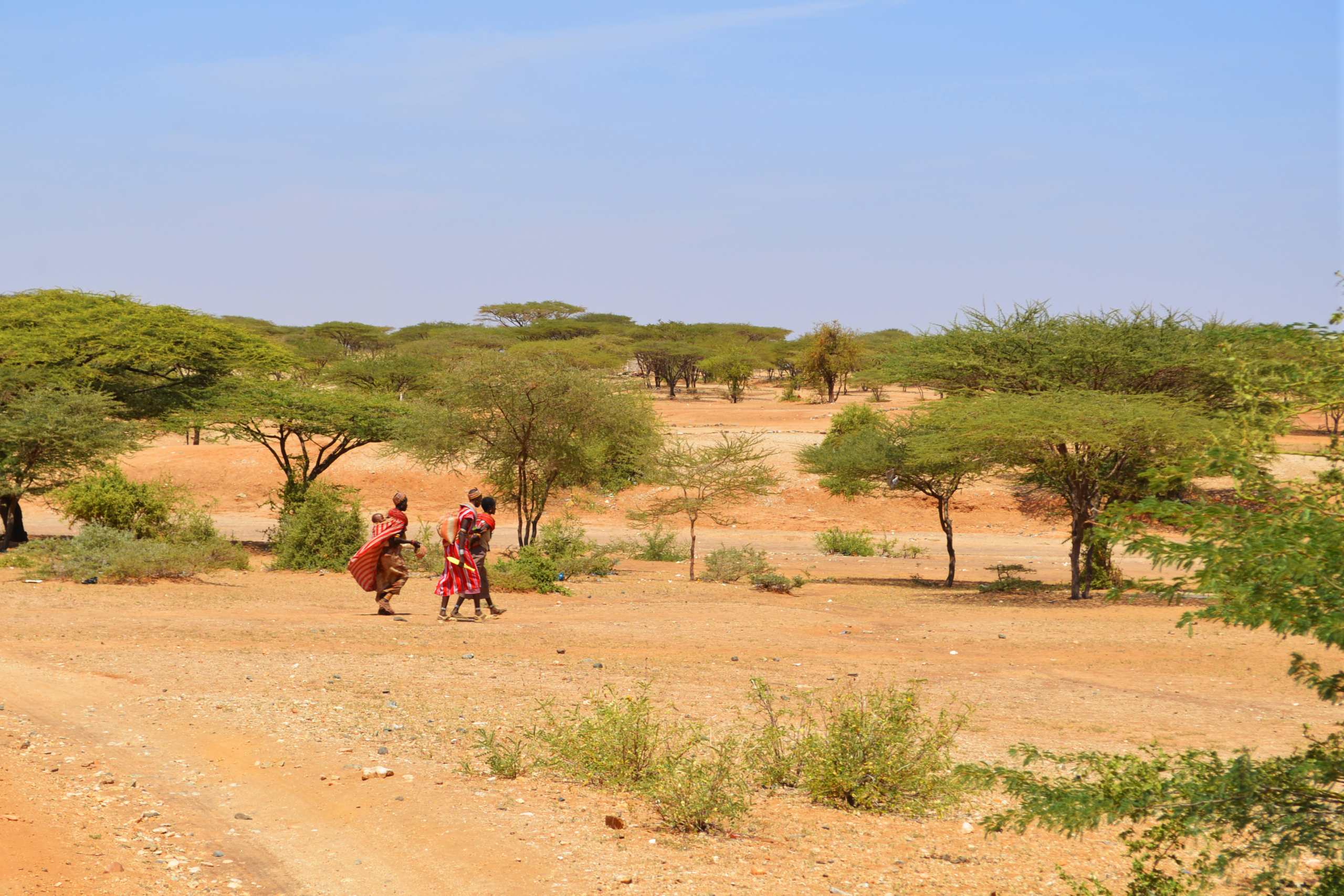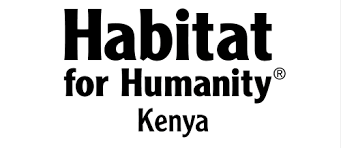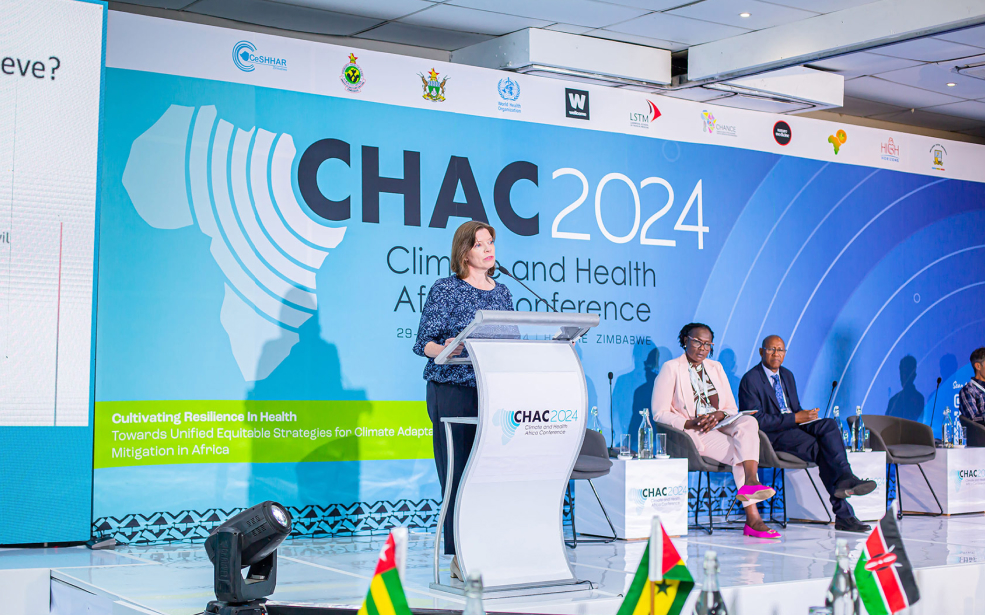Climate-Resilient Housing in Kenya
This project will implement temperature-reducing modifications in various house types in Siaya and Kwale Counties, Kenya, through a stakeholder-informed approach. The project will create prototype houses to improve comfort and reduce malaria risk, showcased in workshops and advocacy activities to promote healthier rural living standards in Kenya.

credit: Adriana Mahdalova

Dates
17 January 2025 1 May 2030
Locations
- Kenya
Partners





Overview

Housing Modifications for Comfort and Malaria Control in Western and Coastal Kenya
key facts
The Health-Climate Link
Exposure to hot and humid conditions in Western and Coastal Kenya contributes to health risks such as heat stress, respiratory illnesses, and increased vulnerability to malaria due to vector densities. Vulnerable groups—children, older people, and individuals with pre-existing health conditions—are particularly affected. As climate change intensifies, indoor heat and disease risks in low- and middle-income countries (LMICs) may worsen, exacerbating global health inequities for communities lacking adequate housing and infrastructure.
The Housing Modification Advantage
Simple, effective housing modifications offer an affordable, sustainable way to enhance indoor thermal comfort, reduce heat-related health risks, and minimise malaria vector exposure. These changes are community-driven, durable, and adaptable, improving residents’ daily lives, health outcomes, and resilience in the face of extreme climate conditions. This research will:
- Measure improvements in indoor thermal comfort following housing modifications.
- Assess impacts on household energy use and carbon emissions.
- Evaluate changes in residents’ health and well-being due to improved thermal environments.
- Analyse the cost-effectiveness of housing modifications compared to standard practices.
- Gather community feedback
Anticipated Benefits Include:
- Lowering indoor temperatures to reduce heat-related illnesses.
- Blocking mosquito entry to decrease malaria risk.
- Enhancing daily productivity and overall well-being.
- Promoting sustainable and cost-effective housing practices.
Aims and Objectives
This project is aiming to improve health in rural Kenya by modifying homes to reduce indoor heat, malaria risk, and enhance work performance, focusing on community-driven thermal comfort and safety.
Objectives of this study:
- Assess knowledge, attitude and perceptions of the local community on the use of house modification for improved health benefits
- Monitor effects of house modification on thermal stress to occupants in rural western and coastal Kenya
- Determine the impact of house modification on malaria incidence, heat-related illness and work performance.
- Assess the impact of house modification on mosquito numbers in mosquito-proofed houses.
Study design and method
Study Design
Overview
This study evaluates the impact of simple housing modifications on indoor thermal comfort and malaria risk reduction in Western and Coastal Kenya. It focuses on interventions such as screened windows, doors, and eaves that improve ventilation while preventing mosquito entry. The study adopts a multidisciplinary approach, combining environmental, health, and community-based assessments to address heat stress and malaria transmission in vulnerable populations.
Interventions
- Screened Windows, Doors, and Eaves:
Implementing modifications to reduce mosquito entry and improve airflow for better thermal comfort. - Ventilation Enhancement:
Cross ventilation, enlarging windows and constructing windows where they were nonexistent - Community Training: Educating local home builders on building low cost climate resilient houses
Educating communities on the benefits of housing modifications and empowering them to adopt and sustain these changes. - Reflective roofing
Activities
Community Engagement and Perception Study
Conducting interviews and focus groups with community members to understand their perceptions and experiences with housing modifications for health and comfort.
Intervention Implementation
Installing screened windows, doors, and eaves in selected households to assess their effectiveness in reducing indoor temperatures and mosquito densities. Cross ventilation through enlarging windows, adding windows on opposite ends-screening focuses on prevention of mosquito ingress only and we are dealing with dual interventions to achieve thermal comfort and vector control
Health and Environmental Monitoring
Using sensors and observational tools to collect data on indoor temperatures, humidity, mosquito densities, and the incidence of malaria and heat-related illnesses.
Policy and Knowledge Dissemination
Developing policy briefs and educational materials to promote the scalability of housing modifications as a public health and environmental intervention.
Methods
Tracked Outcomes
- Health: Monitoring reductions in malaria cases and heat-related illnesses.
- Environmental: Measuring changes in indoor temperatures and mosquito density levels.
- Community Perception: Assessing community feedback and behavioral changes post-implementation.
Novel Methodology
Utilising a mix of quantitative and qualitative methods, including real-time environmental monitoring and community-based participatory approaches. The project ensures culturally sensitive, locally relevant interventions that can be scaled for broader impact.
